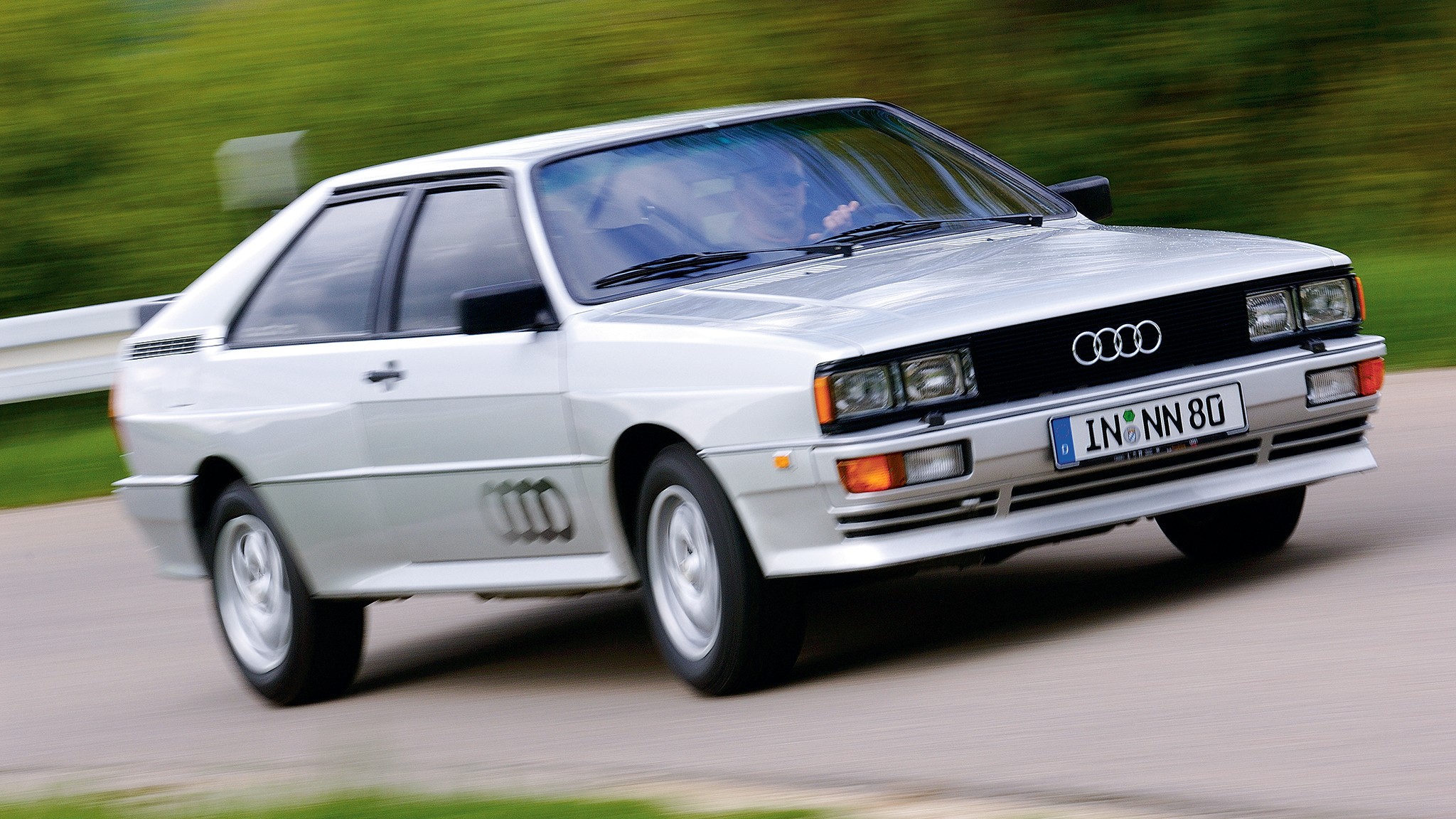Quattrophenia: The Original Audi Quattro Journey

The Legacy of the Audi Quattro: A Pioneering Force in Automotive Performance
The Audi quattro, introduced 25 years ago, marked a significant shift in the automotive world. It was more than just an all-wheel-drive vehicle; it was a groundbreaking innovation that redefined performance and set the stage for future advancements in car technology.
Ferdinand Piëch, then head of product development at Audi, played a crucial role in the creation of the quattro. His vision combined with the efforts of engineers like Joerg Bensinger led to the development of a compact all-wheel-drive system suitable for passenger cars. This innovation allowed Audi to enter the market with a model that could handle challenging road conditions while maintaining a sleek, sporty design.
The original quattro featured a transversely mounted, turbocharged inline-five engine, delivering 160 horsepower in U.S. trim. While this may seem modest by today's standards, it was impressive for its time. The car's five-speed manual transmission and power rack-and-pinion steering provided a responsive driving experience, making it a favorite among enthusiasts.
One of the most notable aspects of the quattro was its use of a hollow shaft in the transmission, allowing power to flow to both the front and rear differentials. This design enabled a 50/50 power distribution, enhancing traction and handling. The car's fully independent suspension, which utilized components from the Audi 5000, further contributed to its dynamic capabilities.
Impact on Rallying and Performance
The quattro's influence extended beyond the streets, making a significant impact on rallying. It quickly became a dominant force in competitions, winning multiple championships. The factory quattros recorded eight overall wins in their first full year of competition, showcasing their superiority in various conditions.
Rally legends such as Walter Rohrl, Stig Blomqvist, Hannu Mikkola, and Michele Mouton helped elevate the quattro's reputation. Their achievements in the World Rally Championship (WRC) highlighted the car's capabilities, especially in adverse weather and challenging terrains.
The quattro's success in racing led to the development of more powerful variants, such as the Sport quattro. These models featured enhanced performance and a more aggressive design, appealing to both racers and enthusiasts. The Sport quattro, with its twin-cam head and increased horsepower, was a testament to Audi's commitment to pushing boundaries.
Collectibility and Restoration
Today, the original quattro is considered a collectible, with only 664 units sold from 1982 through 1985. Its rarity, combined with its historical significance, makes it a sought-after piece among automotive enthusiasts. Restoring or maintaining a quattro can be expensive, given the need to care for multiple differentials and the vacuum actuation system.
Despite the challenges, many owners find the quattro to be a rewarding experience, especially in snowy conditions where its all-wheel-drive system shines. The car's performance still holds up, and its technical innovations continue to captivate those who appreciate automotive history.
Modern Relevance and Influence
While modern vehicles like the Subaru WRX STi and Mitsubishi Evo have surpassed the original quattro in terms of performance and technology, the legacy of the quattro remains significant. It laid the groundwork for the development of high-performance all-wheel-drive vehicles, influencing the automotive landscape in ways that are still felt today.
The quattro's impact extends beyond its mechanical specifications. It inspired a generation of drivers and engineers, proving that all-wheel drive could enhance performance without compromising agility or style. Its success in rallying and its ability to handle diverse conditions made it a symbol of innovation and excellence.
Conclusion
The Audi quattro stands as a milestone in automotive history, representing a bold step forward in the realm of performance cars. Its introduction not only changed the way people thought about all-wheel drive but also paved the way for future advancements in automotive engineering. As a collectible, it continues to attract enthusiasts, and its influence can still be seen in today's high-performance vehicles. The quattro's legacy is a testament to the power of innovation and the enduring appeal of a well-designed machine.